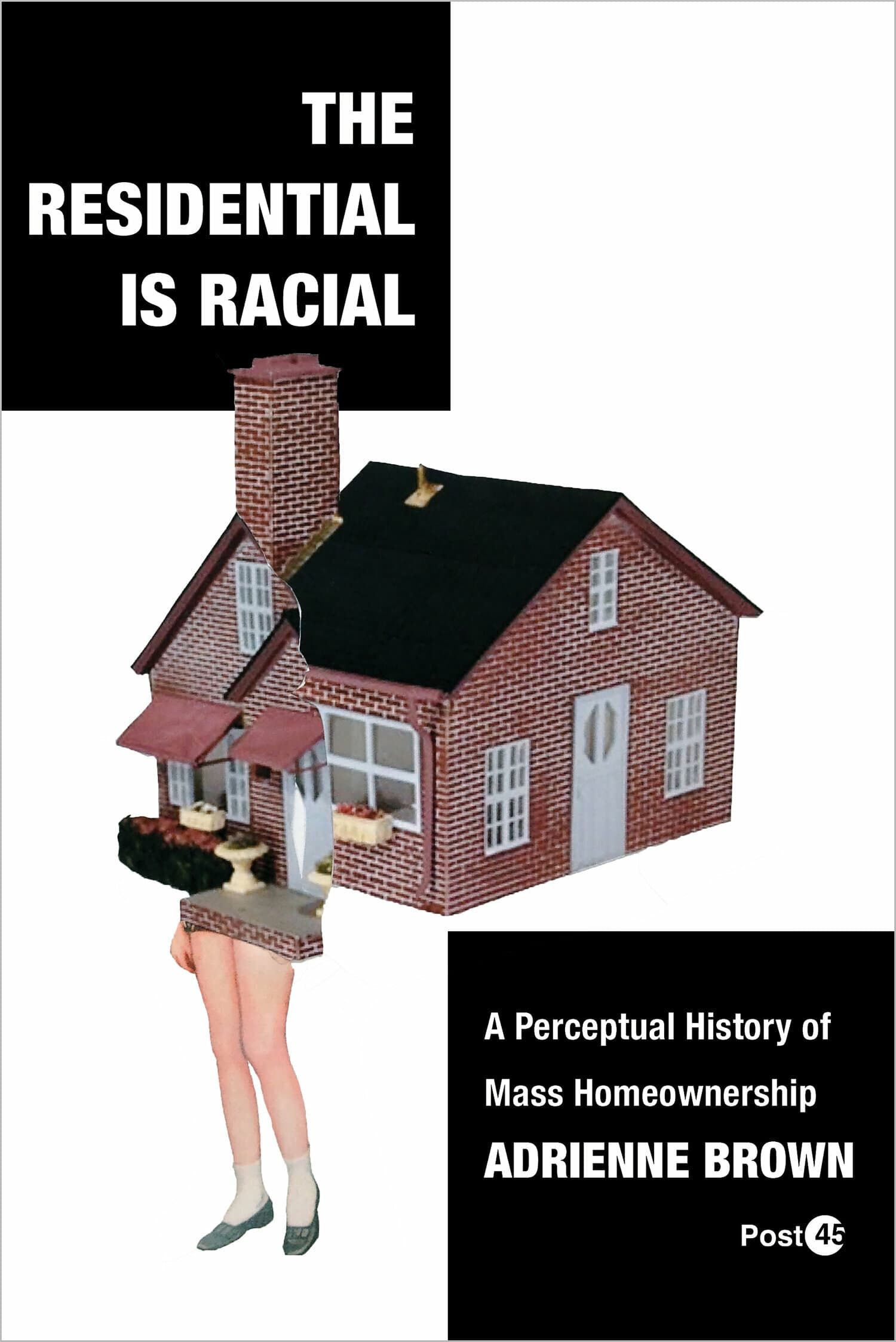The Residential Is Racial
Also Available from

Housing experts and activists have long described the foundational role race has played in the creation of mass homeownership. This book insistently tracks the inverse: the role of mass homeownership in changing the definition, perception, and value of race.
In The Residential is Racial Adrienne Brown reveals how mass homeownership remade the rubrics of race, from the early cases realtors made for homeownership's necessity to white survival through to the 1968 Fair Housing Act. Reading real estate archives and appraisal textbooks alongside literary works by F. Scott Fitzgerald, John Steinbeck, Lorraine Hansberry, Richard Wright, Gwendolyn Brooks, James Baldwin, Ralph Ellison, John Cheever, and Thomas Pynchon, Brown goes beyond merely identifying the discriminatory mechanisms that the real estate industry used to forestall black homeownership. Rather, she reveals that redlining and other forms of racial discrimination are perceptual modes, changing what it means to sense race and assign it value.
Resituating residential discrimination as a key moment within the history of perception and aesthetics as well as of policy, demography, and democracy, we get an even more expansive picture of both its origins and its impacts. This book discovers that the racial honing of perception on the block—seeing race like a bureaucrat, an appraiser, and a homeowner—has become central to the functioning of the residential itself.
—Davarian L. Baldwin, Trinity College
"The Residential is Racial assembles a wide range of texts and deploys a keen archival sensibility to argue that racial perceptions have played an outsize role in promoting mass homeownership in the United States. An illuminating account of real estate's perceptual and affective color lines, this book asks for a reassessment of exactly what kind of values Americans attach to owning a home at all."
—Kinohi Nishikawa, Princeton University
"Brown's incomparable study makes that case that we cannot understand property rights without comprehending the affective logic of racialized ownership. Chapter by chapter, Brown makes visible for readers the vapor trails of how racial perceptions formed in the twentieth century."
—Mabel O. Wilson, Columbia University




